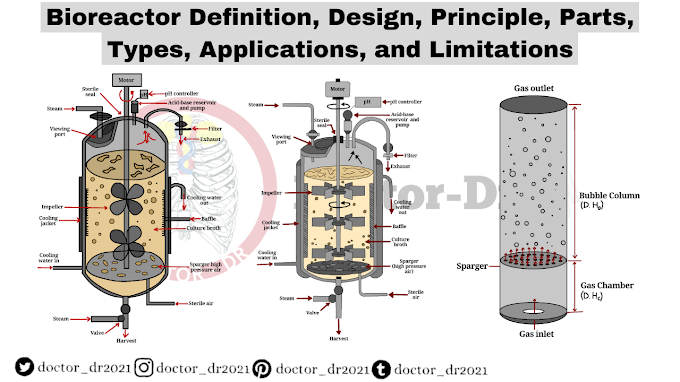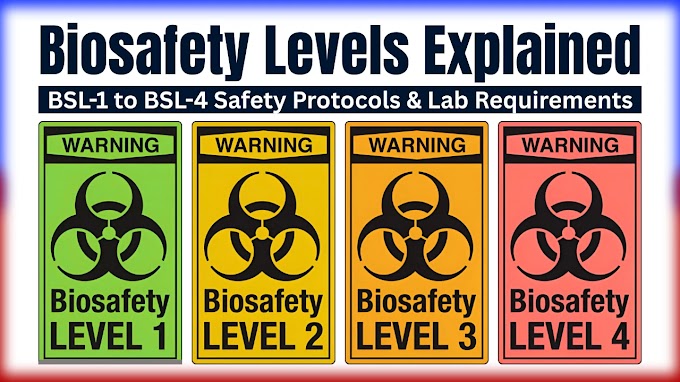Streptococcus pneumoniae, commonly known as strep pneumoniae, is a bacterium that poses a significant health threat. Understanding its characteristics, behavior, and the diseases it causes is crucial for prevention and treatment. This comprehensive overview will explore everything you need to know about this silent killer, from its anatomy and physiology to the diseases it can trigger and the methods available for diagnosis and treatment.
What is Streptococcus pneumoniae?
Streptococcus pneumoniae can be broken down into its components: "strepto," meaning chain, "coccus," referring to a round shape, and "pneumonia," indicating its role in causing pneumonia. These are round bacteria that typically grow in chains and are often found in pairs, called diplococci. Strep pneumoniae is the leading cause of community-acquired pneumonia, which is pneumonia contracted outside of a hospital setting.
Anatomy and Physiology of Streptococcus pneumoniae
To understand how this bacterium operates, it's essential to examine its anatomy and physiology. Strep pneumoniae has a thick peptidoglycan cell wall, which absorbs purple dye during Gram staining, classifying them as Gram-positive bacteria. They are non-motile, do not form spores, and are facultative anaerobes, meaning they can survive in both aerobic and anaerobic environments. Additionally, they are catalase-negative, indicating they do not produce the enzyme catalase.
Growth Characteristics
When cultivated on blood agar, Strep pneumoniae colonies exhibit alpha hemolysis, known as green hemolysis. This occurs because they produce hydrogen peroxide, which partially oxidizes the initially red hemoglobin in the blood agar, creating green methemoglobin. Other Streptococcus species, such as Strep viridans, are also alpha-hemolytic. To distinguish Strep pneumoniae, an optochin test is performed.
- Optochin test: Growth inhibited by optochin
- Bile solubility test: Bile salts promote lysis
Virulence Factors of Streptococcus pneumoniae
Strep pneumoniae possesses several virulence factors that enable it to attack and destroy host cells while evading the immune system. One of the most significant factors is its polysaccharide capsule, which provides protection and aids in attachment to host cells.
Biofilm Formation
Once attached to a mucosal surface, such as in the nasopharynx or middle ear, Strep pneumoniae can multiply and produce biofilms. A biofilm is a gooey layer composed of exopolysaccharides (EPS), within which the bacteria live and reproduce. This structure helps them hide from the host immune system and antibiotics, making them particularly resilient.
Additional Virulence Factors
Other virulence factors include:
- Pneumococcal surface protein A (PspA): Inhibits complement activation
- IgA protease: Destroys immunoglobulin A, allowing survival
- Autolysin: Breaks down bacteria, releasing internal components
- Pneumolysin: Forms pores in cell membranes, leading to cell lysis
These factors contribute to the bacterium's ability to cause infections and evade immune responses.
Infections Caused by Streptococcus pneumoniae
Strep pneumoniae can lead to various illnesses. Understanding these conditions helps in early recognition and treatment.
Common Infections
- Rhinosinusitis: Inflammation of the nasal lining
- Otitis Media: Middle ear infection
- Pneumonia: Infection of the lungs
- Meningitis: Infection of the membranes surrounding the brain
Each of these conditions has distinct symptoms and complications, highlighting the importance of recognizing them early.
Impact on Vulnerable Populations
Individuals with weakened immune systems, such as babies and the elderly, are more susceptible to Strep pneumoniae infections. Conditions like HIV, diabetes, cancer, and alcoholism can increase vulnerability. Additionally, exposure to hazardous chemicals and cigarette smoke may impair respiratory defenses.
Diagnosing Streptococcus pneumoniae Infections
Accurate diagnosis of a Strep pneumoniae infection is vital for effective treatment. Diagnosis typically involves culturing biological samples from infected areas.
- Pus
- Sputum
- Cerebrospinal fluid
- Peritoneal fluid
Alternatively, polymerase chain reaction (PCR) can be performed to detect Strep pneumoniae DNA, providing a quicker diagnosis.
Preventing Streptococcus pneumoniae Infections
Prevention is crucial, especially for those at higher risk of infections. Vaccination plays a significant role in preventing disease.
Who Should Get Vaccinated?
Individuals who should receive the vaccine include:
- Children under two years old
- People over 65 years old
- Individuals with chronic diseases
- Those with sickle cell disease
Vaccination helps protect vulnerable populations and reduce the overall incidence of infections.
Types of Vaccines
Currently, vaccines against Strep pneumoniae are divided into two main groups:
- Pneumococcal polysaccharide vaccine (PPV23): Recommended for adults
- Pneumococcal conjugate vaccine (PCV13): Recommended for young children
Understanding these vaccines is essential for effective public health strategies.
Treatment of Streptococcus pneumoniae Infections
Effective treatment of Strep pneumoniae infections is critical for patient recovery. Antibiotics are the primary method of treatment.
First-Line Antibiotics
The classic first line of treatment includes:
- Penicillin G and V
- Cephalosporins
However, resistance to penicillin has been increasing, necessitating alternative treatments.
Alternative Antibiotics
In cases of resistance, alternatives include:
- Fluoroquinolones
- Amoxicillin combined with clavulanic acid
- Third-generation cephalosporins
- Vancomycin
- Linezolid
These options ensure that patients receive effective treatment even in the face of antibiotic resistance.
Conclusion
In summary, Streptococcus pneumoniae is a Gram-positive bacterium that can asymptomatically colonize the nasal cavities and sinuses. However, it poses a significant health risk, particularly for individuals with weakened immune systems. The bacterium can cause severe diseases, including pneumonia, meningitis, and sepsis. Vaccination and early diagnosis are crucial in prevention and treatment. Understanding the characteristics and behavior of Strep pneumoniae is essential for both healthcare professionals and the general public.







